Ancient Basilica Cistern: Intriguing Hidden Subterranean World With Medusa Heads
A. Sutherland - AncientPages.com - The astonishing Basilica Cistern, or the "Sunken Palace," is located underneath the streets and houses of Istanbul, Turkey. It is a marvelous hidden subterranean world decorated with two Medusa heads.
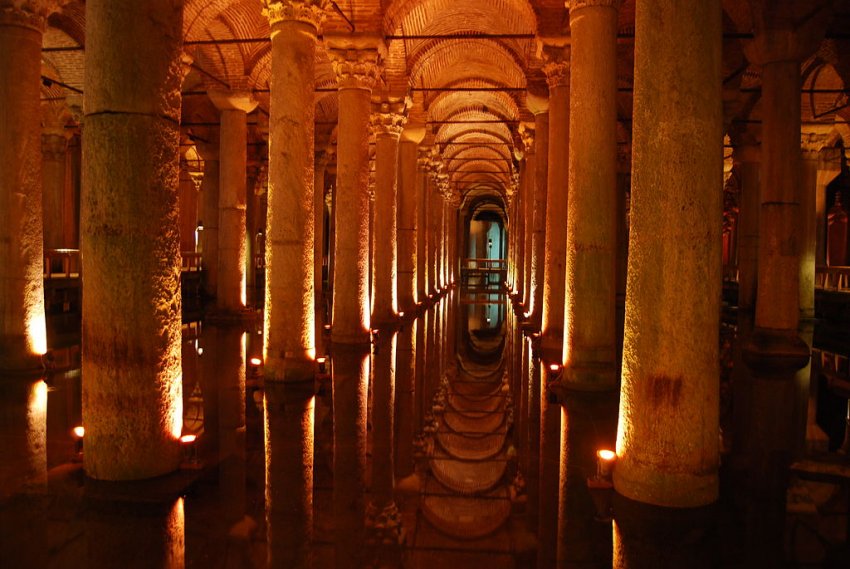 Image credit: Wikipedia - Dpnuevo
Image credit: Wikipedia - Dpnuevo
In 1545, Peter Gyllius, a Frenchman visiting Constantinople, heard remarkable stories of locals drawing up fresh water and fishing from holes in their cellars. He became so intrigued by these fascinating stories and the legends of great underground temples that he decided to explore and find this mysterious place.
Upon further investigation, he rediscovered a subterranean marvel, the largest of the long-forgotten palatial cisterns of the Byzantine Empire.
Fish swam in an artificial freshwater lake the size of two football fields, and the vaulted brick ceilings were held up by 336 thirty-foot pillars taken from nearby Roman ruins.
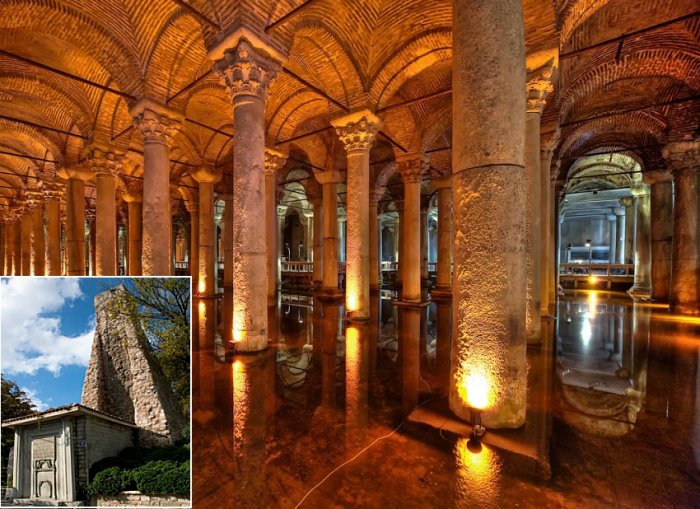 Left: The entrance to the Basilica Cistern. Image credit: Wikipedia - David Bjorgen; Right: Basilica Cistern, also known as the "Sunken Palace"
Left: The entrance to the Basilica Cistern. Image credit: Wikipedia - David Bjorgen; Right: Basilica Cistern, also known as the "Sunken Palace"
The Basilica Cistern was founded in the 6th century during the reign of Justinian I of the Byzantine Empire (527-565). The cistern, built on an early Roman basilica site, was nicknamed the "Sinking Palace" by locals.
The Roman columns rising from the pools of water in the Basilica Cistern certainly give the impression of a once magnificent residence slowly succumbing to a watery grave.
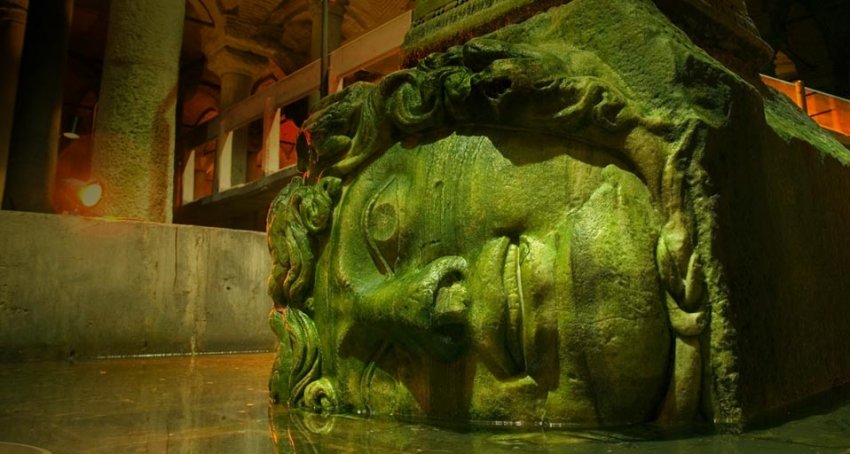 One of the Gorgon heads, but this one is tilted to the side. Image credit: David Sutherland/Corbis
One of the Gorgon heads, but this one is tilted to the side. Image credit: David Sutherland/Corbis
The cistern is located 500 feet (150 m) southwest of the Hagia Sophia on the peninsula of Sarayburnu. The first settlement dates back to this ancient place's Neolithic, c. 6600 BC.
The cistern lies underground, just below the tram lines and busy streets of Istanbul's Old Town. The largest of several hundred cisterns below the surface of Istanbul has 336 massive columns of granite and marble that support a space large enough to hold 27 million gallons of water (carried in from 12 miles away via clay pipes and aqueducts).
Palace once held an emergency water supply for Constantinople, but today has been drained, save a foot or two of rainwater teeming with goldfish.
Inside, two giant Gorgon-head pillar bases pose a mystery. It is suspected that they may have been pulled out of an older pagan temple, where motifs of the famous Gorgon Medusa were used as a protective emblem.
The early Christians practiced putting pagan statues upside-down to boldly state their faith.
Both heads are casually used as column bases; one is positioned upside down, the other tilted to the side.
It is suspected that they may have been pulled out of an older pagan temple, where motifs of the famous Gorgon Medusa were used as a protective emblem.
 Upside down Gorgoneion in the Basilica Cistern. Image credit: DIMSFIKAS - CC BY-SA 3.0
Upside down Gorgoneion in the Basilica Cistern. Image credit: DIMSFIKAS - CC BY-SA 3.0
The placement of these two faces - upside down and sideways, at the base of pillars - may have been a deliberate display of the power of the new Christian Empire.
This particular location of the Medusa heads in the cistern has long been a question of scientific discussion.
We have many guesses today, and the best is that ancient people believed that if the sculptures were placed in two different positions (upside down and sideways), they would ward off evil spirits.
Medusa, a sea nymph, was the most beautiful of the three gorgon sisters. Poseidon courted her and made love to him in the temple of Athena.
The Goddess Athena was furious and transformed Medusa into a monstrous chthonic beast with snakes instead of hair, whose frightening face could turn onlookers to stone. She was beheaded during her sleep by the hero Perseus, who then used her head as a weapon until giving it to the goddess Athena to place on her shield.
In classical antiquity and today, the image of the head of Medusa finds expression in the evil-averting device. Having coupled with Poseidon previously, two beings sprang from her body when she was beheaded. One was a winged horse, Pegasus, that Bellerophon later tamed to help him kill the chimera. The other, Chrysaor of the Golden Sword, remains relatively unknown today.
The mystery of the Medusa heads trapped under the cistern's columns may never be fully understood.
The cistern was cleaned and renovated in 1985 by the Istanbul Metropolitan Municipality and opened to the public in 1987.
Written by – A. Sutherland - AncientPages.com Senior Staff Writer
Updated on January 3, 2024
Copyright © AncientPages.com All rights reserved. This material may not be published, broadcast, rewritten or redistributed in whole or part without the express written permission of AncientPages.com
Expand for referencesMore From Ancient Pages
-
 Famine And Disease Drove The Evolution Of Lactose Tolerance In Europe
Archaeology | Jul 27, 2022
Famine And Disease Drove The Evolution Of Lactose Tolerance In Europe
Archaeology | Jul 27, 2022 -
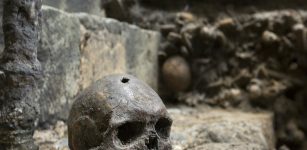 Medieval Burials Discovered Under London’s Westminster Abbey
News | Sep 24, 2015
Medieval Burials Discovered Under London’s Westminster Abbey
News | Sep 24, 2015 -
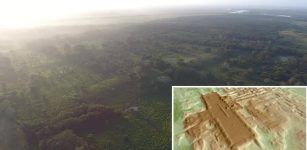 World’s Oldest And Largest Maya Structure Revealed By LIDAR
Archaeology | Jun 9, 2020
World’s Oldest And Largest Maya Structure Revealed By LIDAR
Archaeology | Jun 9, 2020 -
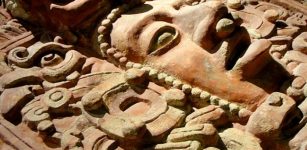 Maya Settlement In City Of Itzan Is Much Older Than Previously Thought – New Study
Archaeology | Jul 12, 2021
Maya Settlement In City Of Itzan Is Much Older Than Previously Thought – New Study
Archaeology | Jul 12, 2021 -
 Unexplained Historical Mass Disappearances – Where Did They Go? – Part 2
Featured Stories | Jun 4, 2019
Unexplained Historical Mass Disappearances – Where Did They Go? – Part 2
Featured Stories | Jun 4, 2019 -
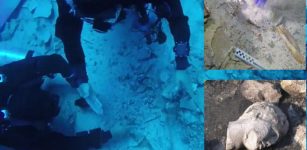 Huge Ancient Underwater Structure And Stunning Artifacts Discovered Off The Coast Of Salamis
Archaeology | Jun 26, 2019
Huge Ancient Underwater Structure And Stunning Artifacts Discovered Off The Coast Of Salamis
Archaeology | Jun 26, 2019 -
 Evidence Ancient Civilizations Had Knowledge About Planets In Our Solar System Thousand Years Ago
Featured Stories | Mar 10, 2021
Evidence Ancient Civilizations Had Knowledge About Planets In Our Solar System Thousand Years Ago
Featured Stories | Mar 10, 2021 -
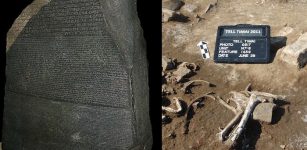 Archaeologists Dug For Evidence Of The Rosetta Stone’s Ancient Egyptian Rebellion – Here’s What They Found
Archaeology | Mar 7, 2023
Archaeologists Dug For Evidence Of The Rosetta Stone’s Ancient Egyptian Rebellion – Here’s What They Found
Archaeology | Mar 7, 2023 -
 What Happened To The Homo Sapiens In The Thar Desert When They Encountered The Indian Monsoon System
Archaeology | Oct 5, 2021
What Happened To The Homo Sapiens In The Thar Desert When They Encountered The Indian Monsoon System
Archaeology | Oct 5, 2021 -
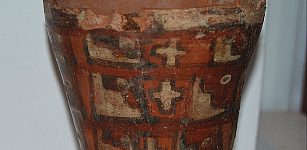 Qeros: Study Of Drinking Vessels Provide New Clues To Long Traditions Of Andean People
Archaeology | Jul 27, 2020
Qeros: Study Of Drinking Vessels Provide New Clues To Long Traditions Of Andean People
Archaeology | Jul 27, 2020 -
 Kahina – The Prophetic Berber Queen Who Resisted The Muslim Invasions Of The Numidia Kingdom
Featured Stories | Aug 14, 2021
Kahina – The Prophetic Berber Queen Who Resisted The Muslim Invasions Of The Numidia Kingdom
Featured Stories | Aug 14, 2021 -
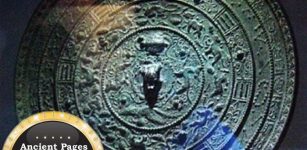 Mystery Of Ancient “Magical” Mirrors – Some Of The Strangest Objects In The World
Artifacts | Apr 21, 2011
Mystery Of Ancient “Magical” Mirrors – Some Of The Strangest Objects In The World
Artifacts | Apr 21, 2011 -
 Ostrich Eggshell Beads Were Social Currency For People Who Lived 33,000 Years Ago
Archaeology | Mar 12, 2020
Ostrich Eggshell Beads Were Social Currency For People Who Lived 33,000 Years Ago
Archaeology | Mar 12, 2020 -
 Huge Ancient Hydraulic System Built By The Liangzhu Culture May Be World’s Oldest And Predate Mesopotamian Water Systems
Ancient Technology | Dec 9, 2017
Huge Ancient Hydraulic System Built By The Liangzhu Culture May Be World’s Oldest And Predate Mesopotamian Water Systems
Ancient Technology | Dec 9, 2017 -
 Surprisingly Complex History Of Crocodiles – New Study
Evolution | Nov 23, 2023
Surprisingly Complex History Of Crocodiles – New Study
Evolution | Nov 23, 2023 -
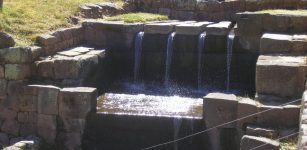 Tipón (Tipon): Who Taught The Inca How To Build Artificially Irrigated Garden?
Ancient Technology | May 1, 2019
Tipón (Tipon): Who Taught The Inca How To Build Artificially Irrigated Garden?
Ancient Technology | May 1, 2019 -
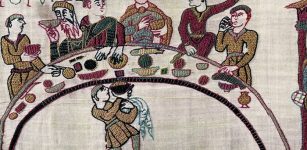 Bayeux Tapestry: Original Location Of Remarkable Romanesque Art – Finally Solved
Archaeology | Oct 26, 2019
Bayeux Tapestry: Original Location Of Remarkable Romanesque Art – Finally Solved
Archaeology | Oct 26, 2019 -
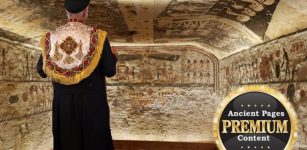 Ancient Manuscript In Museum Reveals Discovery Of Objects Unknown To Modern Science – Coptic Secrets And Guardians Of Treasures – Part 2
Featured Stories | Apr 11, 2021
Ancient Manuscript In Museum Reveals Discovery Of Objects Unknown To Modern Science – Coptic Secrets And Guardians Of Treasures – Part 2
Featured Stories | Apr 11, 2021 -
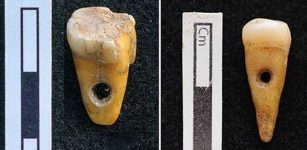 Rare Discovery Of 8,500-Year-Old Human Teeth Used As Jewelry
Archaeology | Dec 16, 2019
Rare Discovery Of 8,500-Year-Old Human Teeth Used As Jewelry
Archaeology | Dec 16, 2019 -
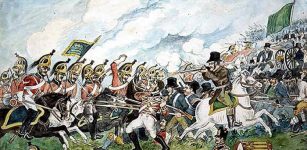 On This Day In History: Battle Of Vinegar Hill Took Place – On June 21, 1798
News | Jun 21, 2017
On This Day In History: Battle Of Vinegar Hill Took Place – On June 21, 1798
News | Jun 21, 2017
